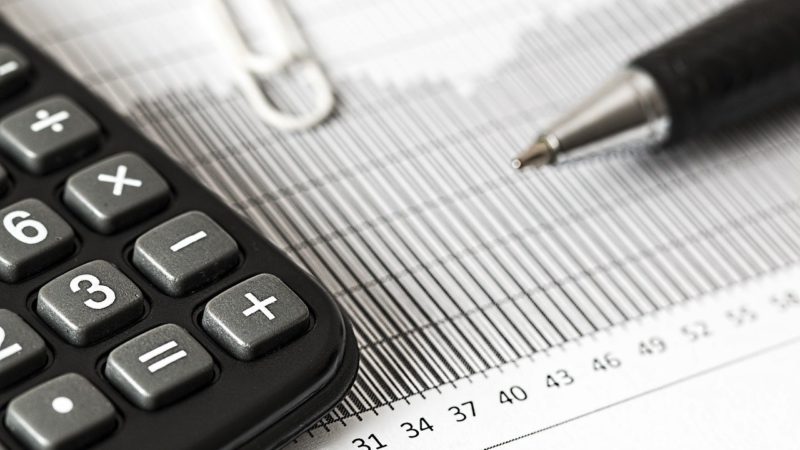What Is An Actuarial Certificate?

Why it is necessary to obtain an actuarial certificate depends not on the method by which self managed super funds (SMSFs) pay the pension, but rather on the circumstances within the Australian tax office (ATO) rules. In addition to the requirement to obtain actuarial certificates to determine whether an SME has taxable or tax-free income, an actuarial certificate is required for all types of Centrelink pensions.
An actuarial certificate is required if a beneficiary draws from a pension fund during the retirement phase of an SME. The purpose of the certificate is to provide a percentage of the fund’s income that is exempt from tax. Gains during the phase of accumulation of assets outside the retirement age are taxed at 15%, while income from retirement assets is tax-free.
When an actuarial certificate from an SMSF trustee is obtained, it calculates a percentage of the assets held to pay out the pension as opposed to assets that support the accumulation of accounts by members. If fund members receive a pension at the same time, SMSF is not obliged to hold the certificate, as the assets held by the fund to support pension payments are assets within the fund and are considered separate assets. However, when assessing SMSFs, they receive actuarial certificates showing the calculated share, and these are used to report the funds that are exempt from the current retirement income (ECPI).
An actuarial certificate is essential if a member receives a pension during retirement and has a super balance total over $1.6 million if the fund wants to exempt a portion of its income tax. Furthermore, for each year in which a member leaves, an actual certificate is required, so that the actuary can use a proportionate method for calculating the funds that are exempt from current pension income. Those who pay into income streams or receive contributions from members during the accumulation phase must also receive actuarial certificates from SMSFs, even if their underlying assets are not separated.
If a member receives a pension in retirement and the SMSF has a total surplus of less than $1.6 million as of June 30 of the preceding fiscal year, SMSF must receive an actuarial certificate if it has a balance at any point in the fiscal year, both in retirement and out of retirement. The reason for this is that the SSF must receive an actuarial income certificate (SMSF) for each pension phase in relation to what the actuary has in the accumulation account (pension account). You must receive this certificate if your SMSF is in an investment or annuity account in any financial year and has or will generate capital income allocated to that account.
SMSF must obtain an actuarial certificate for the fiscal year 2021 that declares that the revenue for that fiscal year is tax-free, as Barney had a total surplus of no more than $1.6 million as of 30 June 2020. If the fund is paid into one of the pensions, the actuary is obliged to present a certificate of the amount indicated below, provided that the corresponding pension is adequate. If the fund has a pension for the year, the certificate requires 100% of the income from the ECPI.
If a complaint is made to the actuary, it is up to the Institute of Actuaries of Australia (IAA), the Institute of Actuaries, to determine the penalty and whether the client should lodge a formal appeal. If your fund pays an annuity and it does not separate the assets of the annuity it pays from the accumulation of funds in a super fund, you need an actuary for the sole purpose of granting a tax exemption for taxable income, including realised capital gains, from your fund assets. For example, a certificate costs $300, but it brings $200 in tax savings, so you might consider not bothering to do so. The actuary will essentially ask you for details of the transactions that took place in your fund. You compute a percentage and that percentage is placed on the certificate.
An actuarial certificate created by an actuary checks how much of a self-managed super fund’s profits come from fund accumulation accounts and retirement accounts and calculates a percentage of tax-free income, says Stephen Welsh, an accountant at Clayton Foster. A qualified actuary must provide a significant amount of information to calculate the percentage of income exempted from tax for an SSF in a given year, including details of each individual pension payment or contribution paid into the fund in that year.

Self-managed super funds (SMSFs) need the actuarial consulting services to claim the exemption on their tax return when they begin to make pension payments to their members.
This is used before you draw your pension to work out what percentage of your income is tax-free and what is taxed at the usual rate of 15 per cent. Note that an actuarial certificate contains percentages for two different periods: when the fund is separated (100% exempt from the date of the first contribution) and when it is not separated (the percentage is below 100%).
In all three cases, an actuary is required to determine the percentage of funds in the pension and the average percentage accumulation over the years. Retirement and non-retirement funds must take into account all the income for each year and expenses must be distributed fairly and reasonable: a method is to use the ECPI percentages listed on the actuarial certificate or actuarially exempt income shares.


